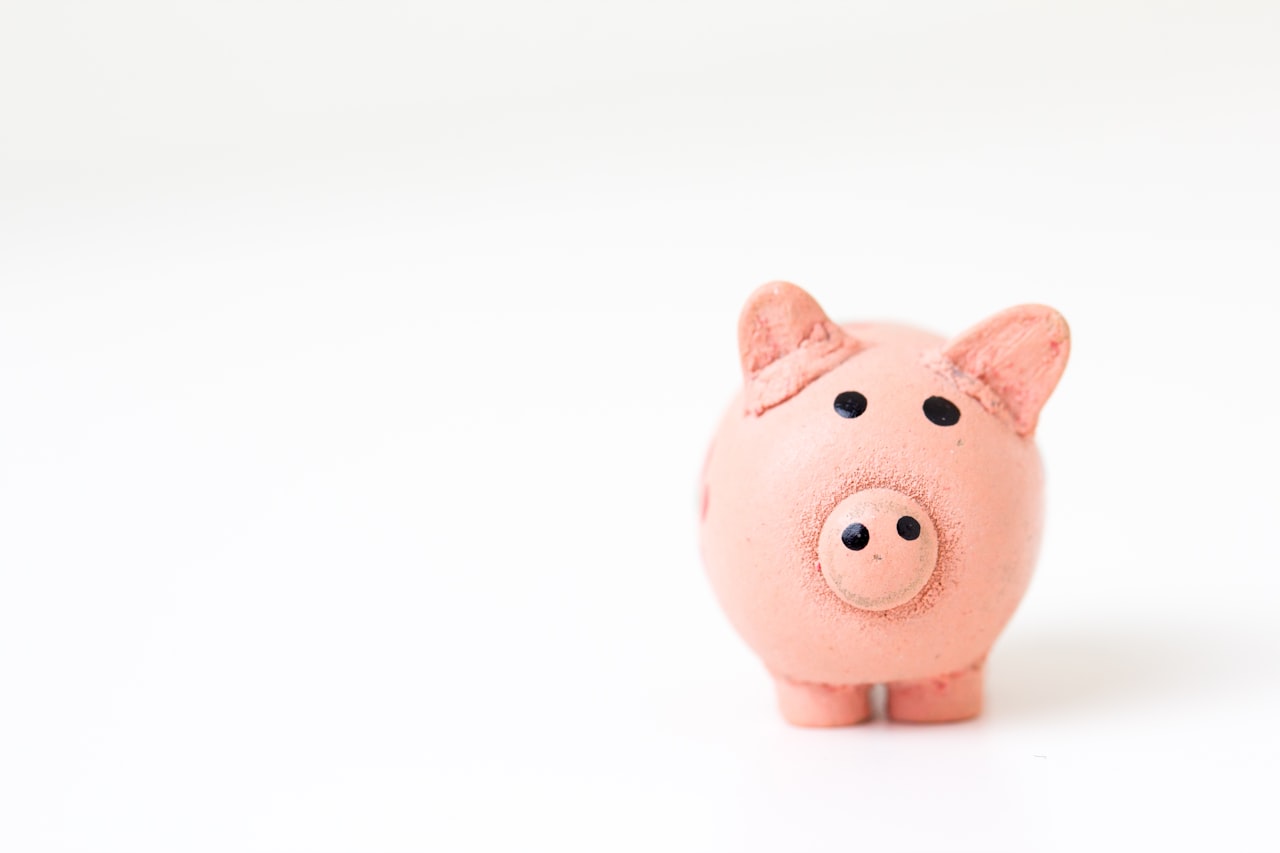Hello!
I'll be honest, I've been struggling a bit to come up with valuable information to share on this blog with y'all. There is SO MUCH information on the internet, it can be easy to drown when looking up even the basic stuff. At the same time, selling a home can be very complicated. I deal in a high-stakes industry where hundreds of thousands of dollars (sometimes millions) are involved with high emotions and complicated paperwork abound. One of the things that allows to me to handle these complex transactions is my wealth of experience and extreme level of detail with the way I approach my listings.
With so much information available, I figure I will throw my hat into the ring and bring you a wealth of information that use whenever I am about to list a home. This will be the first in a series of blog posts where I bring you, in exhaustive detail, EVERYTHING that goes into getting a home sold for the most amount of money in the easiest way possible for my clients.
I don't think I'm giving away any secrets here, and anyone is free to use this information (even if you want to FSBO!). But once you see the amount of work, information, expertise and sometimes guy feelings that go into listing a home, I think you will come to realize the value of a competent and professional listing real estate agent.
Comprehensive Analysis: The Foundation of Home Valuation
In this first section, we will tackle one of the FIRST things you should do when listing a home. It seems obvious, but in order to SELL your home, we need to know HOW MUCH we are going to sell it for. We will start with a CMA.
The Intricacies of Comparative Market Analysis (CMA)
At the heart of a home's valuation is the Comparative Market Analysis (CMA), a process that balances data with nuanced market insights. Let’s delve deeper into what makes an effective CMA in Austin’s distinctive market. These are a requirement for every listing appointment I attend. I also offer these for free for anyone who is curious about their homes value (book a call for your FREE CMA).
This is what typically goes into a CMA:
A Closer Look at Similar Properties
When examining properties similar to yours, it's crucial to look beyond the basics of square footage and the number of bedrooms. Factors such as architectural style, recent renovations, and even the reputation of the builder can play a role. For example, a home designed by a renowned architect or one located in a historically significant part of Austin like the Old West Austin Historic District may carry a premium.
Tailoring Adjustments
Adjustments in a CMA are not one-size-fits-all; they require finesse. If your home features a bespoke outdoor living space with a full kitchen that's rare in your neighborhood, the value added could be significant. Tailoring these adjustments requires an intimate understanding of what Austin home-buyers value and what they're willing to pay extra for. I take adjustments down to the individual $1 sometimes to get our adjustments exactly right.
Harnessing Timely Sales Data
The most recent sales data is particularly telling of current trends. If homes in the North Loop neighborhood are selling within days of listing, this signals a hot market, and pricing should be calibrated accordingly. You may have heard of homes sold in the last 30 days is good for a comparison property, but for unique homes or areas or homes WITHOUT good comps that we can't adjust, sometimes I go back further. But sometimes that's not appropriate. This is an area where expertise shines.
Decoding Austin’s Local Market Trends
Austin's market is as diverse as its culture, with each neighborhood offering a unique living experience. So in addition to just focusing on the state and nature of the home itself, we also must have a detailed understanding of these "micro-markets"
Neighborhood Supply and Demand
Each Austin neighborhood has its own rhythm of supply and demand. The rapid development in areas like East Austin may introduce more homes to the market, potentially adjusting pricing strategies compared to the more established and often inventory-strapped neighborhoods like Zilker.
Analyzing Long-Term Price Trajectories
Longitudinal studies reveal patterns that short-term data cannot. For example, if an analysis shows a consistent annual increase in property values in the Rosedale neighborhood DIFFERENT from another neighborhood, a higher-than-average pricing strategy could be justified for a newly listed home there.
The Impact of Local Developments
Upcoming local developments can greatly affect property values. Planned urban green spaces or new tech campuses can be harbingers of increased property demand and value. I stay informed on Austin's development pipeline as I find it crucial for accurate home pricing in affected areas.
Enhancing Property Value with Features and Upgrades
Austin's real estate market is dynamic, and discerning buyers look for features that promise a lifestyle as much as a home. Here's how specific features can influence a home's value:
Kitchen and Bathroom Renovations: More Than Just Aesthetics
The kitchen is often the heart of the home, and in Austin, where the food culture is celebrated, a well-designed kitchen is a coveted asset. A complete renovation with high-end appliances, custom cabinetry, and stone countertops can significantly increase a home's appeal. Bathrooms follow closely, with spa-like features such as walk-in showers and freestanding tubs becoming a standard expectation among luxury buyers. These aren't just improvements; they're investments that can yield substantial returns.
Sustainable Living: A Growing Trend in Austin
Austin is known for its green initiatives and environmentally conscious residents. Features that reduce a home's carbon footprint, like solar panels or xeriscaping with native plants, don't just lower utility bills; they resonate with buyers' values and can be a decisive factor in their purchase. According to a report by the Austin Energy Green Building (AEGB) program, homes with green certifications sell for an average of 5% more per square foot than homes without.
Outdoor Living: A Year-Round Proposition
In Austin's mild climate, outdoor living spaces are usable year-round and can act as an extension of the living area. An inviting deck, an outdoor kitchen, or a well-integrated pool can serve as the tipping point for buyers who envision entertaining friends or enjoying a quiet evening under the Texas stars. These features are not just pleasant add-ons; they're part of the Austin ethos and are highly valued in the housing market.
The Broader Economic Landscape's Impact on Home Valuation
Economic indicators shape the real estate market in profound ways, influencing everything from buyer behavior to loan availability.
Interest Rates: A Double-Edged Sword
Interest rates directly impact buyers' purchasing power. In Austin, where the tech industry has led to a higher-than-average median income, small fluctuations in interest rates can have a marked impact on the upper end of the market. Lower rates generally mean more buyers in the market, but they can also lead to increased competition and higher home prices.
Employment Rates: The Engine of Growth
Austin's job market has been a national success story, with tech giants and startups alike driving employment rates up. This growth translates to a robust real estate market, as new residents seek homes and investment opportunities. For example, the arrival of a major tech company in downtown Austin can spike demand in nearby neighborhoods, influencing pricing and market dynamics.
Local and National Economic Health
The overall economic climate, both locally and nationally, must be considered when valuing homes. A strong stock market can increase buyers' net worth, translating into more cash purchases or higher budgets for homes. Conversely, economic downturns can lead to tightened spending and a shift toward more modest homes or rentals.









